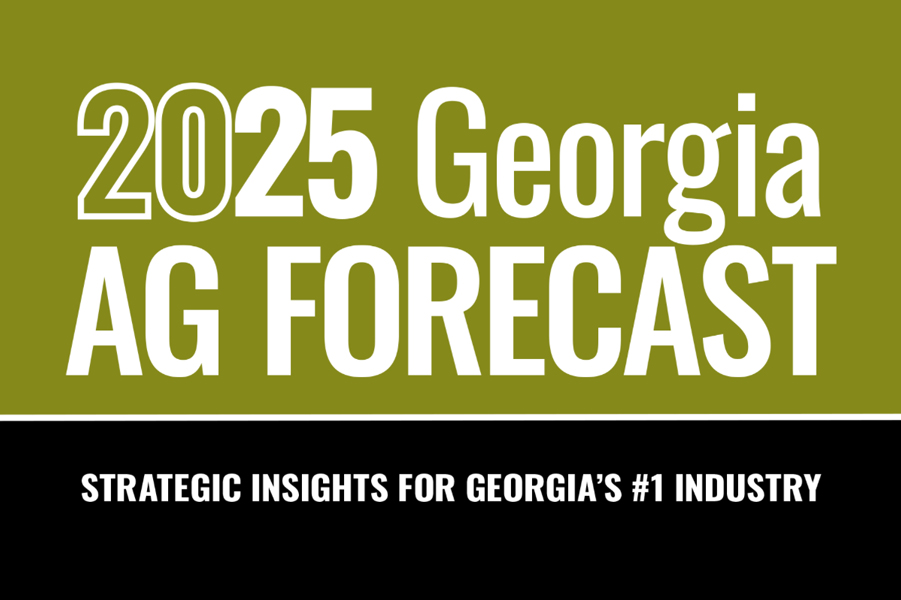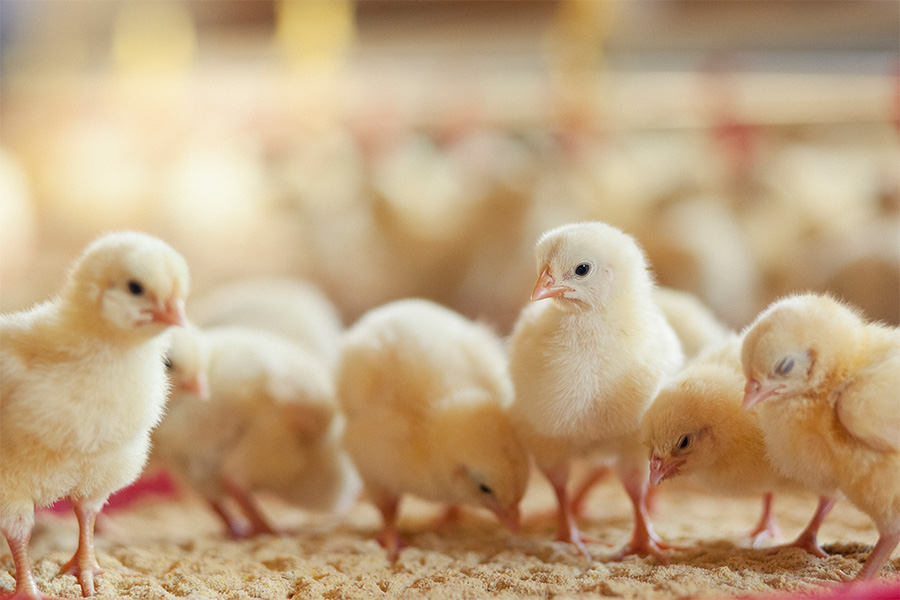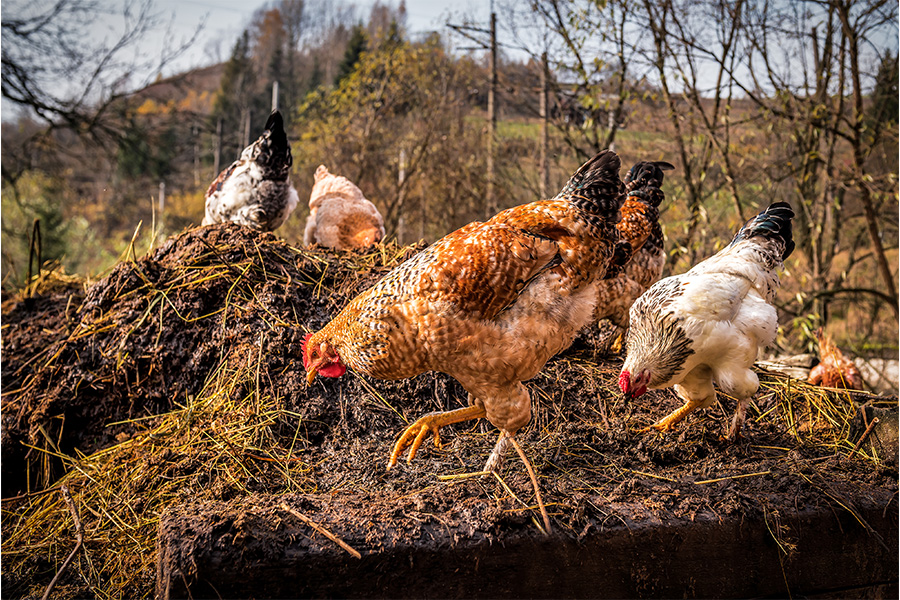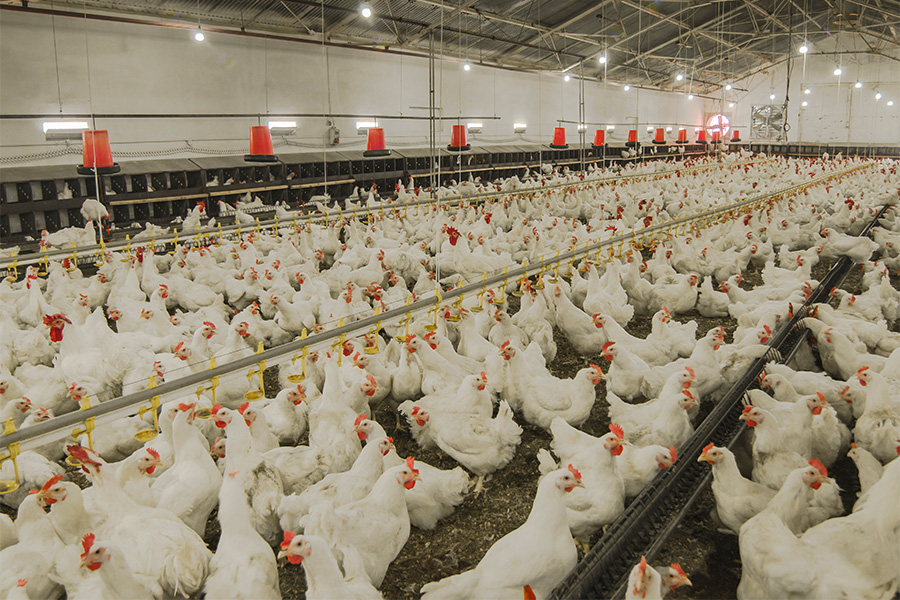Publications
Poultry science's Extension faculty provide relevant educational and service-related programs for commercial poultry producers, allied industry representatives, county extension personnel, and small flock producers to enhance production and economic efficiencies while maintaining the state's competitive position in poultry production. The goal is to provide quality and timely educational programs, problem solving activities, and technology development and transfer through applied research and demonstration projects. The delivery of these activities is achieved through direct programming from Extension poultry scientists and county agents. In addition, the Extension faculty for poultry science have responsibilities for providing county agents and vocational agriculture teachers support for poultry youth activities in Georgia.
Extension publications from our faculty and staff offer free, research-based information to Georgians on poultry, and other topics including agriculture, the environment, families, food, lawn and garden, and youth.
Expert Resources - Poultry





View the complete list of Extension publications for poultry science.
